FOR years, people with disability have had little say in where they live — but the new housing options that will become available through the NDIS will change things for the better.
Key points
|
ONE of the many changes the rollout of the NDIS will bring is in the area of housing for people with disabilities.
The NDIS says its aim is to encourage innovation in housing, attract new suppliers into the housing market and promote real choice and control for NDIS participants around where they live and with whom they live.
What this means is a move from the traditional housing model of general institutionalised/supported accommodation to a non-traditional model that encourages self-awareness, independence and pride in one’s abilities.
And, says the NDIS, this self-reliance means the new model will in turn bring about change for the families and carers, limiting the amount of time they will have to spend providing and caring for people with disabilities.
Many of those affected most by the current system are the thousands of young people across Australia living in aged care facilities. The unsuitability of these facilities is obvious: designed for people in the final stages of their lives, they are not equipped to provide the right kind of environment young people need, lacking in areas such as rehabilitation, social participation and independence.
“It is a problem that has been recognised across Australia,” says Anna Bartsch, strategic communications officer for the Department for Communities and Social Inclusion.
“It’s not an acute problem across South Australia but the aim is, before too long, (that) we won’t have any longer people in aged care homes through necessity; that there will be better solutions for them.
“Aged care is a little bit different to disability,” she continues. “In my understanding, it sits with that moving away from the institutionalisation model. In the past people, have been in institutions for disability or mental health (even) if that facility happens to be for aged care, whereas now it’s about taking people out of those sorts of facilities full stop.
“An area of concern was when there was somebody who needed support accommodation and ended up in an aged care home just because that’s what was available. That’s not something we’re happy with as a rule, so there’s a strong push away from that. I don’t think the figures are very high but it’s certainly something that we’re aiming to get down to nothing.”
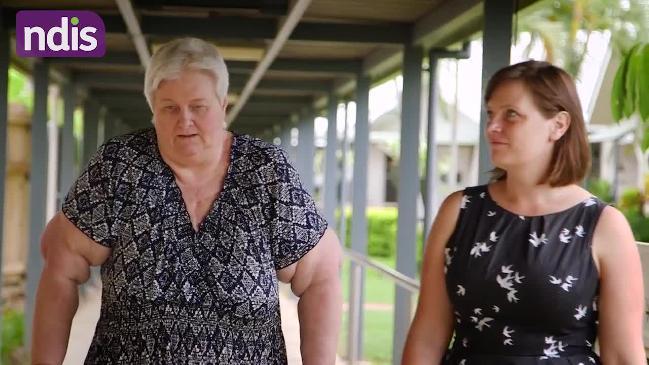
THE OLD MODEL
The old model of disability care focused on institutionalised living, with large groups of residents housed together under the one roof or in the same complex, tended to by a number of service providers.
Two of the largest in South Australia were the Strathmont Centre in Oakden and Highgate Park in Fullarton.
STRATHMONT CENTRE
Opening on March 25, 1971, the Strathmont Centre provided accommodation and training for people with intellectual disabilities, including children and young people.
The Centre was run by the government agency Intellectually Disabled Services and consisted of 17 villas, each containing four home units, surrounded by courtyards and lawns. On site were a library, swimming pool and meeting hall, giving it an almost holiday-like feel.
Residents lived in groups of about eight per unit, designed to give them a feeling of “family” connection that was often absent from more traditional “mental homes”.
They were referred to as “trainees”, and would eventually graduate as adults from sheltered workshops and become income earners.

By 2010, however, the Centre had become rundown and poorly maintained. While many called for its closure, others — including the parents of those living at the Centre, many of whom had resided there since early childhood — were opposed to it being shut down.
In 2012, the State Government Budget allocated funding for the closure of the Centre and the transfer of the last 26 residents to community-based housing, with a final closure date set for 2014.
At this point, however, one resident does remain at Oakden, who is scheduled to move into a new home later in the year.
HIGHGATE PARK
Provide residential care for people with disabilities from the age of 15 years and up, Julia Farr Services was renamed Highgate Park after it became a part of Disability SA in 2006. It also included an aged-care facility run by the not-for-profit community organisation ACH Group.
Over the years, portions of the site at Fullarton were sold off, including the west wing of the former Julia Farr Centre. The wing was vacated in the early 1980s due to asbestos and remained derelict for many years until it was sold to developers. It was not demolished until 2011.
Today, approximately 69 people with disabilities continue to live at Highgate Park.
Source: www.findandconnect.gov.au
THE NEW MODEL
Moving into their new homes in MacDonald Park, in Adelaide’s northern suburbs, at the end of last year was a pivotal moment for Tom, Giovanni, Tim, Mark, Craig and Martin.
As former residents of the Strathmont Centre for many years, the move meant the men were gaining not only their independence but also the freedom to indulge their passions.
Two houses — one with two bedrooms and one with four — were designed and purpose-built for the six men. An existing building on the property was modified to allow the men to learn new skills and practice their hobbies, whether as a group or on their own.
“Today is another exciting step of a journey that has always had the best interests of people with a disability at its heart,” Minister for Disabilities Leesa Vlahos said in a speech to celebrate the occasion.
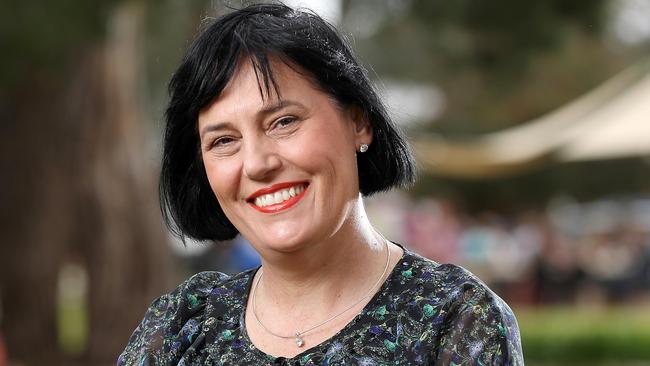
“Life in this new home will provide opportunities for the men to pursue hobbies, develop new friendships and to participate in everyday activities that perhaps they would not have before.
“Tom has always wanted a shed to enjoy his hobby of dismantling electrical items.
“Now he has a huge shed that is the envy of his ever-widening circle of friends ... particularly those he has made at the men’s shed and the Playford Council friends group,” she said.
“He is also establishing a garden with many fruit trees, which he enthusiastically tends to.
“Tim grew up in a rural area where he enjoyed life on the farm and tended his own chickens. The move has meant that Tim can once again have his own chickens to look after.
“Mark is now regularly accessing the community, enjoys outings, shopping, exploring and partying. I’m told he went to Bunnings to buy his own Christmas tree.
“Giovanni seeks a quieter retirement life and — being the ‘man in charge’ — he is well respected by all his friends who have made the move to MacDonald Park with him.
“Martin now enjoys the space and ability to find solitude ... plus he lives closer to his family which makes visits easier. He is a member of a men’s group in Williston and likes to eat out as often as possible.
“Craig is thrilled with his new room and surrounds. He attends his day options three days a week and is still exploring other opportunities to see what he might like to do in the way of hobbies and activities.
“This is a great setting for Tom, Tim, Giovanni, Martin, Mark and Craig to live better lives and to enjoy a new sense of freedom and independence.”
Minister Vlahos added that the project to oversee the removal of the remaining 27 residents at Strathmont, called the ‘One Person At A Time Project’, is now in its “final stages”.
“This project, as its name suggests, fully supports the ideals of the NDIS, in that it puts the individual in the centre of all the planning for that person’s future,” she said.
“Every effort has been made to ensure that the person’s vision for their future was developed and respected.
“The success of this project is evident in the range of living situations that people have moved into. Former Strathmont residents now live in places including single units, apartments, specially designed group homes with private spaces, a semi rural setting and one person has returned to Mount Gambier to live.”

PROVIDING FOR LOCAL SERVICES
THE previous system saw councils receiving funding from the State Government to provide a wide range of Home and Community Care (HACC) services for people with disabilities but this is all set to change.
The Local Government Association will assist councils to navigate changes to the disability sector through providing information and advocacy.
Regional communities often don’t have the scope of services available to individuals.
In regional communities, services may have to be delivered from 150km, 200km or even 400km away.
There’s a fear that there will be extra requirements put on care providers that some of them might not be able to reach.
As local governments prepare for the rollout of the NDIS, the issues of the impact the scheme will have on community programs and service provision in their respective areas is a common concern.
The previous system saw councils receiving funding from the State Government to provide a wide range of Home and Community Care (HACC) services for people with disabilities, such as child care, home care, education, transport and health services — but, with the NDIS, this is all set to change.
“One of the main principles of HACC was to provide co-ordinated and integrated services, such as community groups for frail older people, people with a disability and their carers,” says Local Government Association President and Onkaparinga Mayor Lorraine Rosenberg.
With the emphasis shifting from funding on a community level to giving people with disability the power to choose which service provider they want to use, Ms Rosenberg says she fears for the survival of many of the council community programs that are currently offered through HACC.
“Many activities that have traditionally been part of disability service funding, including recreational programs, assistance to access mainstream recreational programs, assistance to meet other people with disability and develop networks of support, and social and communication skills capacity building programs will be funded under NDIS,” she says.
“However, as councils run and facilitate a lot of these services and programs, there may not be many available to access, particularly in regional areas.
“In addition, there is a concern in regional areas that that there will not be appropriate registered disability providers in regional towns to provide assistance.”
Ms Rosenberg says that the LGA will assist councils to navigate these changes to the disability sector through providing information and advocacy.

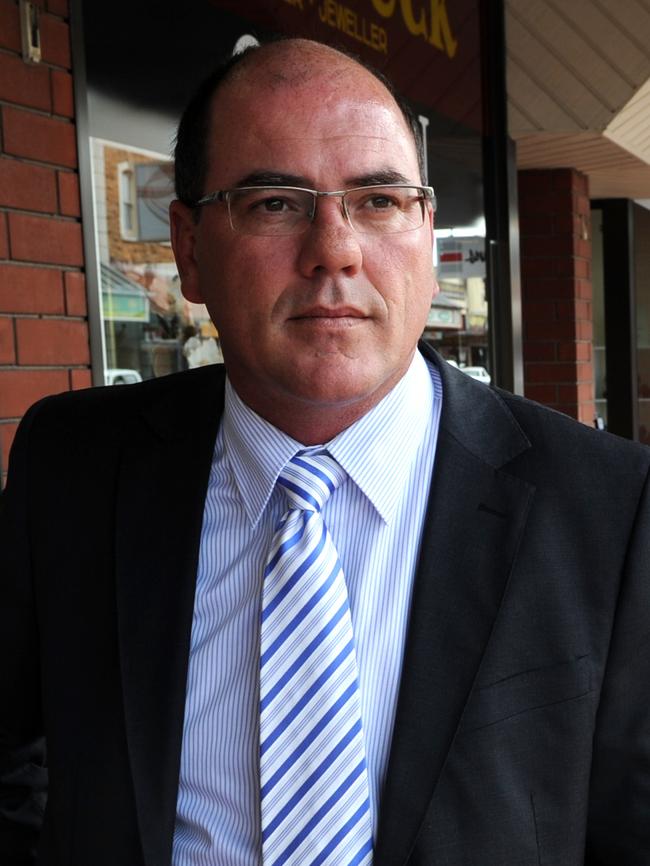
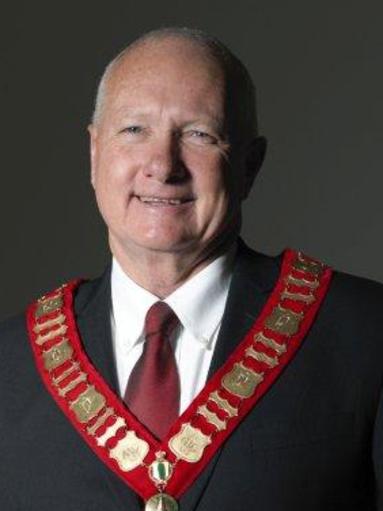
“In particular, we will be promoting the establishment of a working group to link councils with the NDIS, NDIA, SA Government Disability Policy Unit and larger service providers,” she says.
“We will also be developing a fact sheet on the transition, hosting a workshop/training course and providing a platform for councils to share information on our website.
“As the closest government to communities, councils play a key role in caring for vulnerable residents and we are committed to working with our partners in government to ensure they continue to receive the support they need under the new NDIS system.”
THE CITY
Every festive season for the last 10 years, Wattle Range Council has provided a house to offer respite service. During the year, the house is used by trainee doctors but, at Christmas, the house is turned over to people with disabilities.
Whether this service can continue under the NDIS is an issue that concerns Wattle Park Mayor Peter Gandolfi.
“As a result of the introduction of the NDIS, the funding model has changed for which that service can be provided,” he says. “We are attempting to work through the changes so that service can be provided on an ongoing basis.
“The service was provided through an organisation, a day care service and an overnight service, where the carer was funded through service providers. Now that funding is being provided direct to individuals, we need to ascertain how we can provide this service on an ongoing basis. The funding won’t be there for those organisations in the same way it was in the past.”
Despite his reservations, however, Mr Gandolfi remains optimistic that the NDIS will be a success in his community.
“We’re hopeful that issues like this can be resolved in the transitional period,” he says. “No doubt the intent is to provide a better service for those with disabilities and we hope to see that flow on into regional areas.”
THE REGIONS
For people with disability living in regional centres, having financial control and the ability to make their own decisions in regard to their care services may sound ideal but, says Port Lincoln Mayor Bruce Green, the reality may be rather different.
“The existing thing in regional communities is that often we don’t have the scope of services available to individuals,” Mr Green says.
“The concept I understand is that it’ll be patient-directed care but that relies on the patient firstly knowing what care they need but then being able to access that care in regional and remote communities.
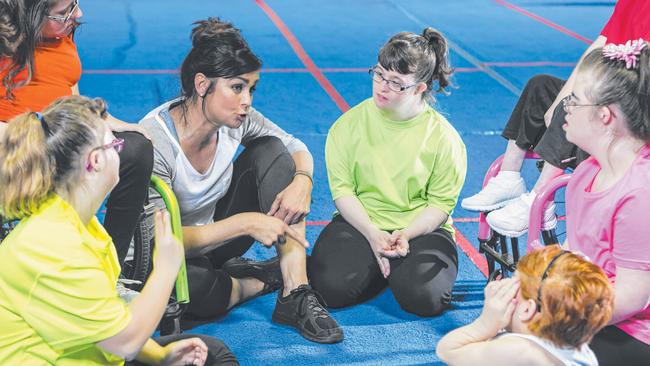
“The notion of having the patient be able to compare services sometimes isn’t the case in regional communities, because you might get only one agency or a very limited number of people being able to administer those services, so the concept of introducing competition to keep the costs down might not work as well in regional communities as it does in the city.
“I guess the difficulty in rural communities is we just don’t have the critical mass of patients or the amount of care that’s required, so you end up with more of a limited capacity to respond to individuals’ needs. The scope of services is one thing we won’t be able to cover in regional communities. Port Lincoln’s not too bad but once you move into the smaller communities where they have very limited medical facilities — they might have a hospital that is associated with aged care but not an A&E department or they don’t do other higher levels of medical care — so those communities are going to find it a little interesting in trying to get patients to have services delivered from 150km, 200km or in some cases 400km away.”
Mr Green says those service providers currently working in regional centres also have concerns regarding how the new system is going to affect them.
“The team of people we have in our communities now who are delivering these services, their ability to continue to deliver those services, in other words their accreditations and their registrations with the Commonwealth, will be I think ... well, there’s some nervousness being expressed in the communities about those requirements,” he says.
“There’s a fear that there will be extra requirements put on those care providers that some of them might not be able to reach.”
Such concerns cannot be addressed until the actual implementation of the NDIS, of course, but, overall, Mr Green says his community’s perception is that the scheme “sounds like a reasonable thing”.
“I guess there’s the combination between interest and almost disquiet because everybody is unsure of the unknown,” he says.

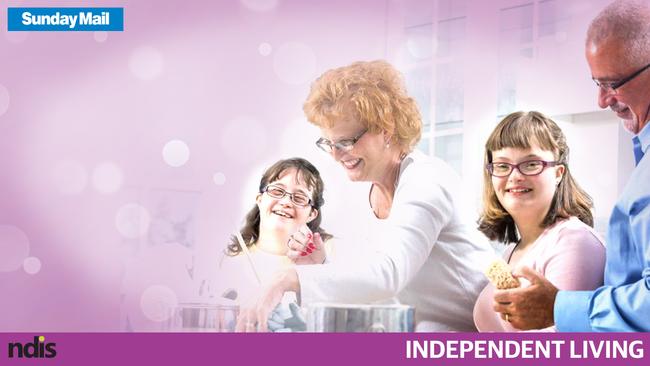
Harry’s chance at self expression
INNOVATIVE speech technologies help little Harry not only talk, but open up a world of literacy and friendships.
Kelly’s crusade goes beyond cross benches
SHE may not have been re-elected to Parliament in March, but after eight years Kelly Vincent still has plenty of wisdom to impart on life, the NDIS universe, and everything.